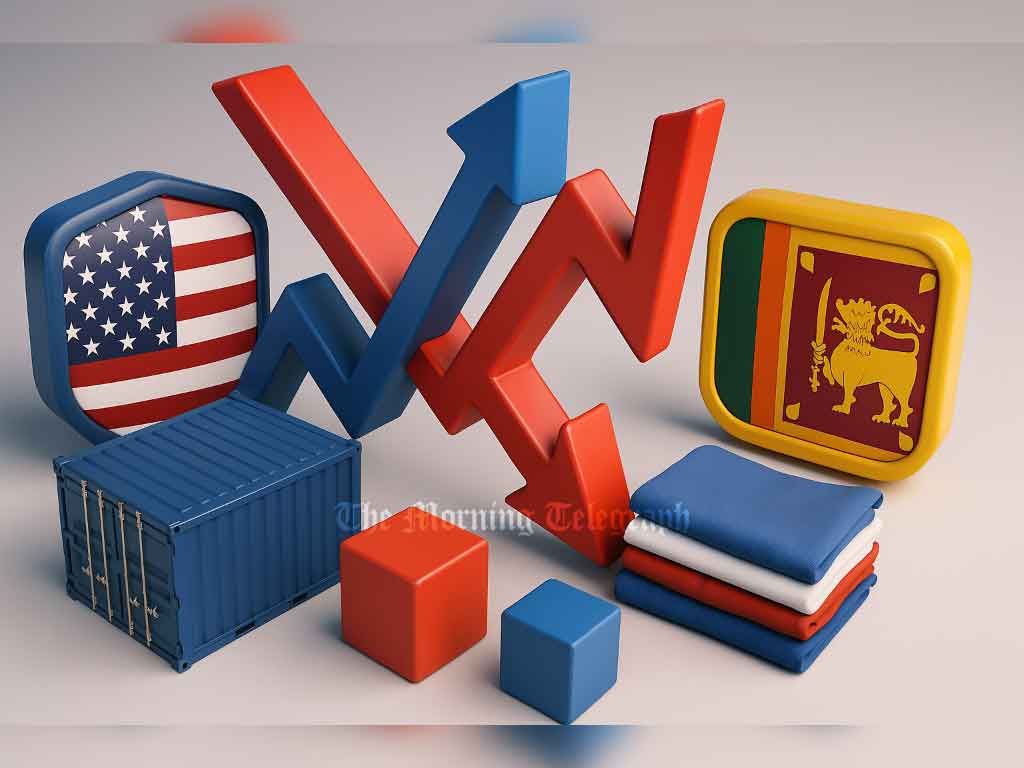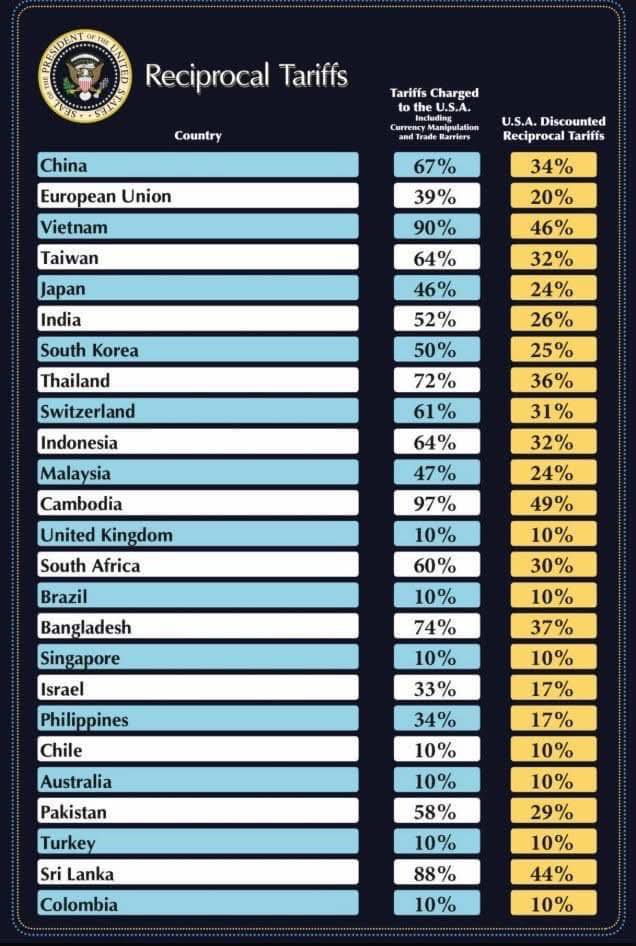
Colombo, Sri Lanka – Trade tensions between Sri Lanka and the United States have escalated following the U.S. government’s decision to impose a 44% tariff on products imported from Sri Lanka. The move comes as a direct response to Sri Lanka’s imposition of an 88% tariff on goods imported from the U.S.
Sri Lanka now finds itself among the countries facing some of the highest U.S. tariffs in 2025, a development that could have ripple effects on the island nation’s key export sectors.
Despite the new duties, Sri Lanka currently enjoys a favorable trade balance with the United States. In 2024, total bilateral trade between the two nations stood at US$ 3 billion, with Sri Lanka importing just US$ 368 million in American goods. This resulted in a trade surplus of US$ 2.6 billion in favor of Sri Lanka.
Garment exports remain the cornerstone of Sri Lanka’s trade advantage, with the U.S. and European Union continuing to be the country’s most profitable export destinations.
However, with the imposition of retaliatory tariffs by the U.S., concerns are growing within the Sri Lankan export sector, particularly in the apparel industry, which could face reduced competitiveness and shrinking profit margins in its largest market.
Economists warn that the tariff standoff, if not resolved diplomatically, could reverse gains made in trade relations and significantly impact Sri Lanka’s already fragile economy.





